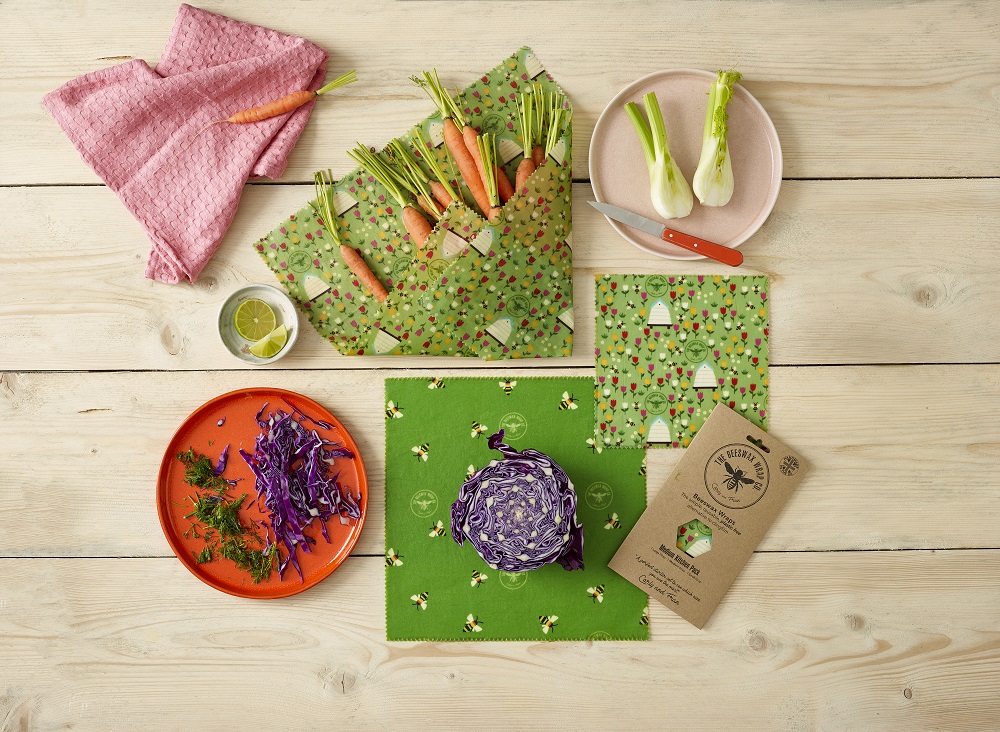The Basics and Benefits of Beekeeping for Beginners
In an effort to create a more sustainable lifestyle and enjoy the opportunity to connect with nature, people are turning to beekeeping. The thrill of a new challenge combined with the benefits of the sustainable products bees produce, it’s one of the most rewarding hobbies.
Due to the threat of climate change, habitat loss and toxic pesticides, the bees are facing a huge threat. Not to worry, there are tons of ways we can support them from the comfort of our own home.
Why are bees so important to our environment?
Although many insects like wasps, beetles and butterflies can all pollinate, honeybees pollinate 70 out of the top 100 food crops, so they’re essential for producing the mass fruit, vegetables and plants that we consume.
Green Peace established that honeybees gather roughly 80% of all pollen and one bee colony can pollinate 300 million flowers each day!
But, if all those honeybees were to die out, as climate change has the power to guarantee, thousands of plants would follow. Consequently, it would drastically damage our food supply.
Did you know..
..that bees face another threat closer to home? According to Pesticide Action Network (PAN), the toxic pesticides used in agriculture are killing them too. PAN encourages ecological faming which works by using natural resources rather than chemicals to produce natural foods whilst creating a more sustainable environment.
So now we know why bees are so important, but how do we keep them? First we need to know about the bees themselves.
A colony of bees is made up of up to 300 males (drones) and 50,000 females (workers) who all live under one single Queen. You can identify the Queen easily as she is much larger and has a longer life span that regular bees.
Worker bees live for around six weeks during the Summer, but in the Autumn, workers live for six months to maintain the hive throughout Winter. However, the drones are ejected from the hive at the end of summer as they are no longer needed for mating.
How to start beekeeping
Protecting and keeping bees is a responsibility so you’ll need the right knowledge and skill to do the job well.
Caroline from Stowmarket Bees says:
Someone who is interested in keeping honey bees should take a course offered by their local beekeeping association affiliated with the British Beekeeping Association.
Once you have researched the basic theory and gained some valuable experience you can decide whether to keep them yourself. If so, firstly you will need your equipment: a hive, protective clothing, a smoker, hive tools and then of course, the bees.
The hive has different frames inside that you will need to carefully inspect and remove to gather honey and clean the hive. A hive tool will allow you to separate the frames easily whilst a smoker will slowly produce cool smoke to deter the bees from a particular part of the hive. Don’t worry, it won’t harm or disrupt the bees. It’s simply a way to spark their wild instincts: the smoke from a fire would threaten the hive and the bees would head straight to their honey stores so that you can clean the hive.
You should always wear a bee suit and veil that overlap for maximum protection to stop the bees from entering and travelling up your clothing.
Most hives don’t actually come with bees already inside, but your local beekeepers association are likely to have tons of information about local suppliers.
Beekeeping is a seasonal hobby so you will perform the majority of work in the Spring and Summer months. The upkeep of your hive will include thorough inspections: checking your Queen is laying, ensuring a good level of honey stores, maintaining a warm position, cleaning the hive, removing dead bees and maintaining the frames in preparation for peak honey extraction season – August through to September.
What else can bees do for us?
Obviously we all think of honey first. Natural honey has many health benefits and can be used to sweeten up any meal. But bees produce lots of other products too!
Beeswax is made from the honeycomb: the bees must visit over 30 million flowers and consume eight to ten pounds of honey to produce just one pound of beeswax. Bees produce this to build combs for their babies and food.
But it can also come in handy for humans too. The wax enables us to make sustainable living products which is a great alternative to single-use products, like our Beeswax Wrap Co. Lunch Pack.
Check out the other sustainable lifestyle products you could create from bees:
- Lip balm
- Wax candles
- Shampoo
- Cough syrup
- Bath oils
- Moisturiser
Even if you don’t have the time, money or space to keep your own bees, you can easily make changes in your garden to attract the bees and help the environment you inhabit.
You could plant more of their favourite flowers, like lavender, cosmos or verbena, even in your window boxes or on your flat balcony. Caroline says “bees need a range of flowers to gather nectar and pollen from the same way that we need a varied diet”.
If you are interested in becoming a beekeeper then contact your local bee association for information, tips and course details.
